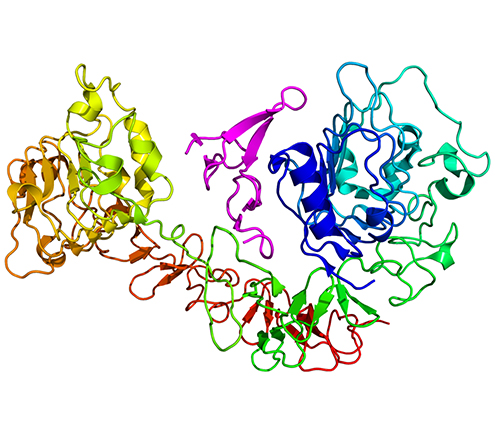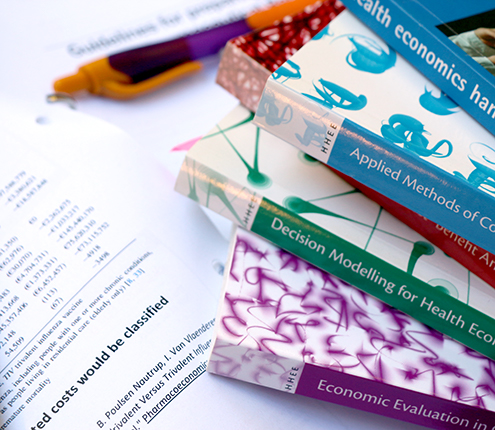 Submission preparation
Submission preparation
Development of a reimbursement submission for the Pharmaceutical Benefits Advisory Committee (PBAC), Medical Services Advisory Committee (MSAC) or both in the case of a co-dependent technology, and the prerequisite application for consideration by the PICO Advisory Sub-committee (PASC) is a crucial step in any market access strategy.
Planning and project management of the submission process is important to ensure that the rate-limiting steps, such as obtaining real-world clinical evidence, are incorporated.
Review cycles should be scheduled early to avoid the need for rework, especially changes in economic model variables which subsequently impact the outputs, budget impact models and the write-ups of both.
Adequate time to contemplate the implications and interpretations of models is essential.
A submission that receives a positive recommendation for subsidy will, however only provide a seat at the negotiating table. What happens at the table depends on the effectiveness of the overall market access strategy.
New Zealand (NZ) PHARMAC submissions should not be considered as ‘mini-me’ versions of an Australian submission. Although the NZ system is less prescriptive with regards to Guidelines and data presentation (with peer-reviewed publications most important), the focus is on the impact of a new product at the patient level and, in particular for the different ethnic groups that constitute NZ society.
Portfolio Management
 Portfolio management
Portfolio management
For companies without a dedicated internal market access resource, many tasks: conducting feasibilities; developing reimbursement strategies and business cases for decision making; outsourcing PBAC/MSAC/PLAC submission preparation, input and review; as well as staying abreast of potential policy and pricing changes; fall to team members already with full responsibilities across other business functions.
The recent April 2023 price reductions to over 500 PBS listed medicines has left many companies wearing the cost of not being at the table, nor consulted nor directly informed, when the Medicines Australia negotiated clause in the Strategic Agreement was enacted. Thus missing the 3-week window in July 2022 for applications for Ministerial Discretion.
By proactively tracking a company’s portfolio of existing and emerging products in real time, rather than around business and strategic planning deadlines, routine tasks and initiatives for each product can be researched, discussed and decided within a regular update, usually monthly. For products with upcoming regulatory and reimbursement submissions, separate sessions for planning etc. will be held.
 Business case/feasibility
Business case/feasibility
Every product is unique and usually the success of market access will depend upon one or two key issues. Unfortunately, these are often not apparent until considerable reimbursement submission writing has been undertaken.
For this reason, it is critical that sponsors commence market access feasibility and data assessment work as early as possible in the life cycle of each product. For example, many new medicines, such as immunotherapies, are being trialed in different combinations across multiple indications and considerable upfront work should be commenced to determine the pricing implications of reimbursement submission sequence.
Identified data gaps also require time to address. This does not always necessitate a clinical study. Digitisation of records, well-advanced in pockets of Australia, mean that real-world, retrospective clinical and utilisation evidence can increasingly be sourced. Although Ethics Committee approval will be required in the majority of circumstances.
The market access strategy developed must be considerate of the broader healthcare, political and economic context which a reimbursement submission will be required to navigate. Proactive, and reactive, engagement with Government, research institutes, clinicians, patient support groups, private providers and the media should be deliberated. The approach to price negotiations, potential Managed Access Programs, and resubmissions must be part of any action plan.
This approach should also be applied to products under consideration for in-licensing during the due diligence phase.
Situation:
A PBS-listed lung cancer medicine required a positive mutation test as one criterion for subsidised patient access. Unfortunately, the test was not listed on the MBS, although a positive MSAC recommendation had been received for a later line of treatment.
Involvement:
Two years of intensive collaboration involving the marketing company including global payer, statistics and diagnostics colleagues, other marketing companies, and local stakeholders; strategy development, data generation and project management of one major co-dependent submission, and subsequent major & minor PBAC and MSAC resubmissions; liaison with the DoH regarding the pilot reimbursement process, and conduct of risk share and deed negotiations with the Commonwealth Government.
Outcome:
Simultaneous reimbursement listing of the mutation test on the MBS and medicine on the PBS for first line use achieved.
Poster presentation at ISPOR Annual International Meeting, Philadelphia May 2015.
Case Study
Economic Model Development
Situation:
The global economic model for a first-in-class medicine was predicting a low probability of cost-effectiveness based on Phase 2 single arm data.
Involvement:
As the Australian market access project lead, in collaboration with a highly skilled local HTA consultant, drove access to individual patient data and the conduct of additional payer analyses in the face of significant pushback from the global product and statistics teams. The Australian model developed using these inputs and a different method had a significantly reduced ‘arc of uncertainty’.
Outcome:
During this process, a subgroup with improved overall survival was identified. Additionally, subsequent data read-outs demonstrated the robustness of the Australian economic model, which predicted and fitted the RCT data perfectly, while the initial global model became unstable. The Australian model has since been adopted by HTA markets globally in reimbursement applications.
Case Study
Clinical Development Program Input
Situation:
Phase II results for a first-in-class medicine in a new therapeutic area were generating interest from Australian clinicians.
Involvement:
Organised a Focus Group meeting with the Global product lead in attendance. Extensive input from Australia and New Zealand opinion leaders was forthcoming on treatment algorithms, study design, competitive advantage and reimbursement strategies.
Outcome:
The data generated by the Phase III studies was pivotal in obtaining a first submission positive PBAC recommendation. Although new to the clinical space, the company was well-regarded by key local clinicians.
Poster presentation at ISPOR Annual International Meeting, Philadelphia May 2015.
Case Study
In-Licensing Due Diligence
Situation:
Two published Phase IV studies were referenced in marketing materials as support for the superior efficacy of a product being considered for in-license. On-line access to all company clinical data (voluminous) was also made available during negotiations.
Involvement:
As a member of the review team, I independently under took a systematic review and collation of all clinical trials and real-world evidence studies cross-checking against FDA evaluations and the NIH clinical trial registry.
Outcome:
Exposed unpublished efficacy data that led to a no-go decision. The 2 Phase III studies versus placebo, as required by the FDA, showed no difference in efficacy to placebo whereas the published studies were versus a different comparator.





